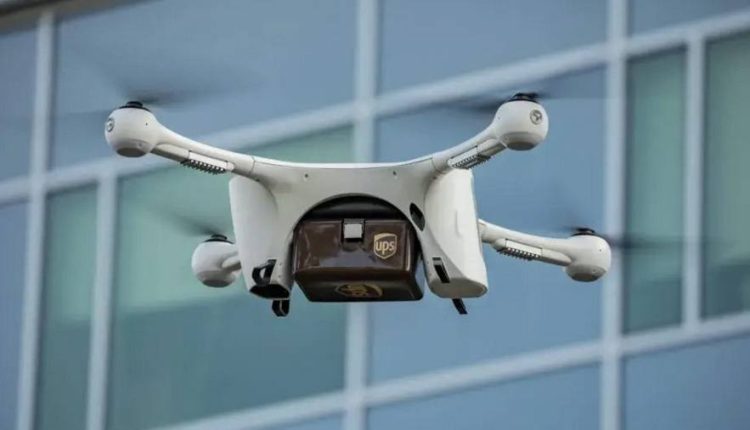Receive free Drones updates
We’ll send you a myFT Daily Digest email rounding up the latest Drones news every morning.
US regulators have granted the first licences for unmanned commercial aircraft to fly well beyond the sight of a pilot, a move seen by the industry as a catalyst for mainstream drone use.
Previously, licences capped commercial drone flights to within a pilot’s sight, even if the drone could operate autonomously. For longer distances, drone companies had to have staff on the ground every few miles, looking up at the sky and communicating any known obstacles.
The US Federal Aviation Authority issued exemptions to these rules to three companies just before and during the Commercial UAV Expo, which was held this week in Las Vegas.
“This is a huge deal,” said Scott Shtofman, senior manager of government affairs at the Association for Uncrewed Vehicle Systems International, an industry body. “This really improves the ability to scale and speed up access to drone usage. We’re getting beyond just testing in a certain area.”
The companies are UPS Flight Forward — the drone division of the private mail courier; Phoenix Air Unmanned; and uAvionix.
Andreas Raptopoulos, chief executive of Matternet, a dronemaker that supplies UPS, said the exemption would allow a pilot at the company’s remote operations centre in Kentucky to fly drones in Florida.
“The military has done this for years, but for civilian space this is the first time this is happening in the US,” he said.
The FAA, in approving one of the waivers, said drones had proven they offered “a quieter, cleaner, cheaper option to manned aircraft”.
The waivers came as a big relief to the drone industry amid widespread complaints that regulatory developments had lagged behind technology, as the aviation framework that drones fall under was developed decades before unmanned aircraft existed.
The Commercial Drone Alliance, a non-profit backed by dozens of companies including Amazon, AT&T, dronemaker Skydio and Alphabet unit Wing, challenged “regulatory paralysis” in July as it advocated for the exemptions. The alliance said federal bureaucracy’s inability to “move nimbly” was inhibiting the commercial drone industry from reaching scale.
“The current regulatory framework severely restricts many of the most promising commercial drone applications,” said Lisa Ellman, partner at law firm Hogan Lovells and executive director of the CDA. “These approvals mark an important step forward for the broader industry.”
The alliance expects the new waivers to create a precedent for others to receive “expedited” approval. A change in the actual law to normalise complex drone operations — as opposed to the exemption-based approach for specific companies — is not likely for two to three years, according to multiple experts.
The one drone operator to apply for an exemption that has not yet received one was Zipline, a California-based drone logistics service best known for delivering blood and medicine on round trips of up to 200km in multiple African countries.
FAA rules have constrained Zipline, the world’s largest commercial drone operator, from offering similar services in the US, although it does partner with Walmart on shorter-range trips in suburban Arkansas.
Keller Rinaudo Cliffton, Zipline chief executive, declined to comment on the company’s exemption request, but said he was encouraged by the FAA’s other actions this week.
“Today we use 4,000 pound gas combustion vehicles driven by humans to do billions of deliveries across the country,” he said. “It’s expensive, slow and bad for the environment. [The FAA’s recent decisions mean] that we can start to transition delivery to solutions that are 10 times as fast, less expensive, and zero emission.”
Read the full article here

